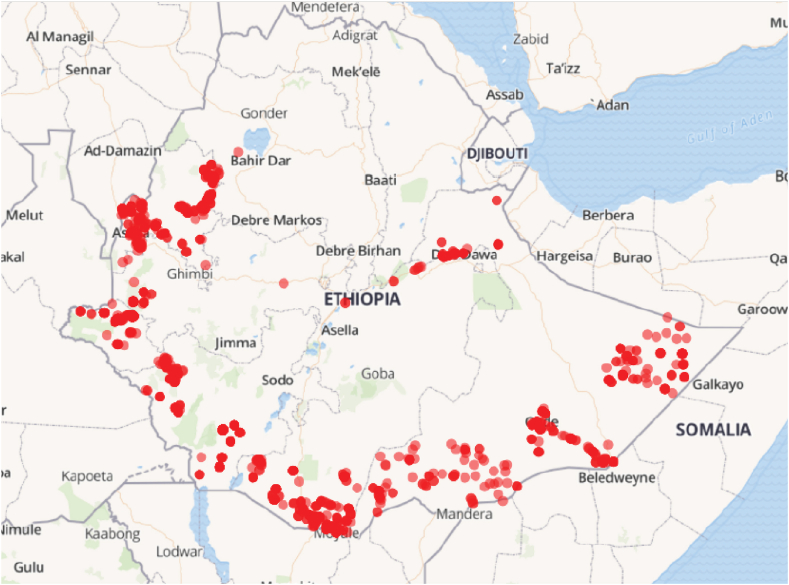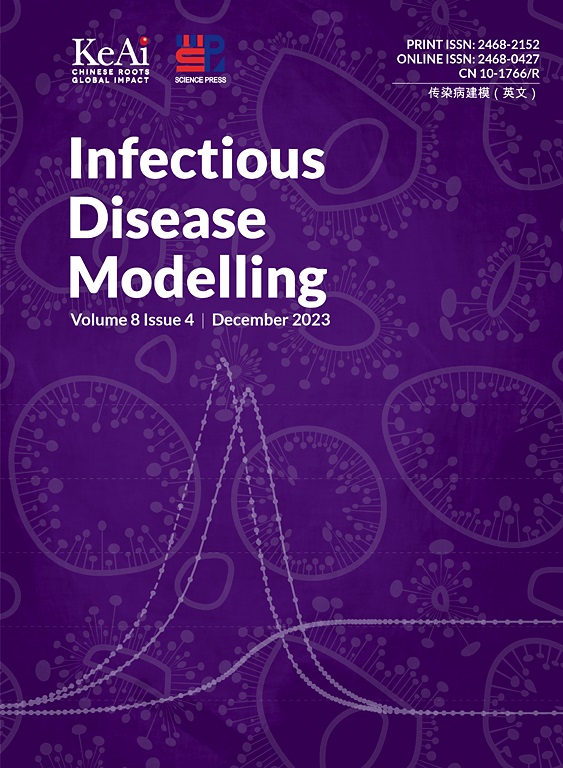Deep learning model meets community-based surveillance of acute flaccid paralysis
IF 2.5
3区 医学
Q1 Medicine
引用次数: 0
Abstract
Acute flaccid paralysis (AFP) case surveillance is pivotal for the early detection of potential poliovirus, particularly in endemic countries such as Ethiopia. The community-based surveillance system implemented in Ethiopia has significantly improved AFP surveillance. However, challenges like delayed detection and disorganized communication persist. This work proposes a simple deep learning model for AFP surveillance, leveraging transfer learning on images collected from Ethiopia's community key informants through mobile phones. The transfer learning approach is implemented using a vision transformer model pretrained on the ImageNet dataset. The proposed model outperformed convolutional neural network-based deep learning models and vision transformer models trained from scratch, achieving superior accuracy, F1-score, precision, recall, and area under the receiver operating characteristic curve (AUC). It emerged as the optimal model, demonstrating the highest average AUC of 0.870 ± 0.01. Statistical analysis confirmed the significant superiority of the proposed model over alternative approaches (P < 0.001). By bridging community reporting with health system response, this study offers a scalable solution for enhancing AFP surveillance in low-resource settings. The study is limited in terms of the quality of image data collected, necessitating future work on improving data quality. The establishment of a dedicated platform that facilitates data storage, analysis, and future learning can strengthen data quality. Nonetheless, this work represents a significant step toward leveraging artificial intelligence for community-based AFP surveillance from images, with substantial implications for addressing global health challenges and disease eradication strategies.



深度学习模型满足基于社区的急性弛缓性麻痹监测。
急性弛缓性麻痹病例监测对于早期发现潜在的脊髓灰质炎病毒至关重要,特别是在埃塞俄比亚等流行国家。埃塞俄比亚实施的社区监测系统显著改善了急性弛缓性麻痹的监测。然而,诸如检测延迟和沟通混乱等挑战仍然存在。这项工作提出了一个简单的深度学习模型,用于AFP监测,利用通过手机从埃塞俄比亚社区关键线人收集的图像进行迁移学习。迁移学习方法是使用在ImageNet数据集上预训练的视觉转换模型来实现的。该模型优于基于卷积神经网络的深度学习模型和从头开始训练的视觉转换模型,在准确率、f1分数、精度、召回率和接收者工作特征曲线下面积(AUC)方面都取得了优异的成绩。该模型的平均AUC最高,为0.870±0.01。统计分析证实了所提出的模型比其他方法有显著的优越性(P
本文章由计算机程序翻译,如有差异,请以英文原文为准。
求助全文
约1分钟内获得全文
求助全文
来源期刊

Infectious Disease Modelling
Mathematics-Applied Mathematics
CiteScore
17.00
自引率
3.40%
发文量
73
审稿时长
17 weeks
期刊介绍:
Infectious Disease Modelling is an open access journal that undergoes peer-review. Its main objective is to facilitate research that combines mathematical modelling, retrieval and analysis of infection disease data, and public health decision support. The journal actively encourages original research that improves this interface, as well as review articles that highlight innovative methodologies relevant to data collection, informatics, and policy making in the field of public health.
 求助内容:
求助内容: 应助结果提醒方式:
应助结果提醒方式:


